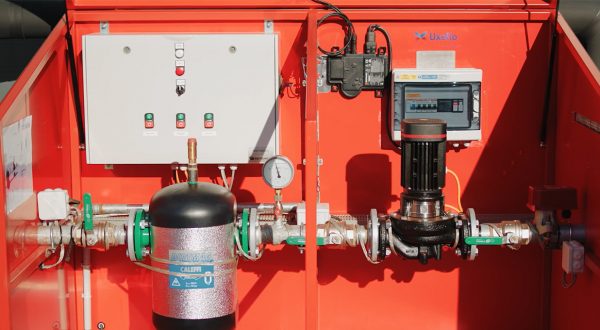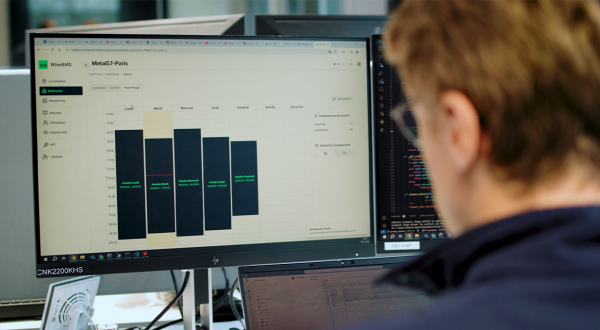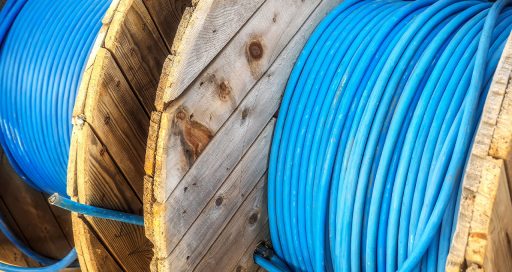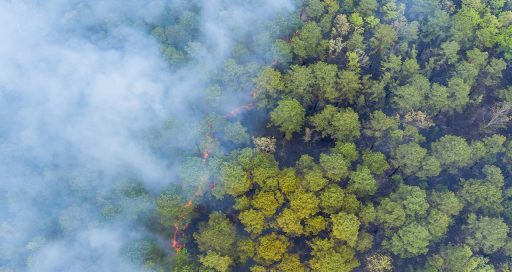A fundamental focus on business needs and taking existing systems into account: this is the approach VINCI Energies is using with DIANE to design and implement long-term, efficient artificial intelligence solutions.

In 2024, the number of companies investing more than US$100 million in artificial intelligence more than doubled, according to a report from Bain & Company highlighting an AI market set to grow by 40% to 55% year-on-year between now and 2027. But the excitement driving the algorithm industry should not overshadow the major challenge businesses absolutely must address: value creation. Because the goal now must be to move beyond POCs (proofs of concept) to rolling out efficient, useful, profitable models.
Many developments involving artificial intelligence currently struggle to get past the experimental stage. What is the best way to reach the MVP (minimum viable product) stage, apply a solution more broadly to multiple use cases, and move to full-scale rollout to maximise the return on investment?
“Large businesses face a double difficulty,” says Alain Grisval, Senior Expert Technical & Innovation at Omexom, the VINCI Energies energy infrastructure brand. “On one hand, they have to look at their existing systems to identify applications ready to be hybridised, modernised, or simply abandoned. And on the other, they must consider their organisational and operational model to identify diffusion pathways.”
In startup mode
VINCI Energies decided to create a business dedicated to the assimilation of artificial intelligence into its brands, business units and activities. Formed in 2020 with support from Leonard (see box) and opened as a business unit in 2022, DIANE (an acronym for “digital and AI for our business units” in French) now employs 10 people. Their mission is to work alongside VINCI Energies business units to develop solutions that provide a competitive advantage. Their objectives are to roll out at least one solution for each field of expertise at VINCI Energies, and to halve the time currently spent on redundant, time-consuming and automatable tasks.
“DIANE’s role is to make AI a useful asset to VINCI Energies.”
To achieve this, DIANE is operating like a startup, explains its manager, Stéphane Maviel: “We start by visiting business units to perform diagnostics. When the opportunity for an AI application arises, we create a specification, which forms the basis for sessions where DIANE works with a technical expert from the business unit. After the initial development, we offer a solution suitable for use by early adopters.”
SprinkIA and Solux
This is how SprinkIA was created. This solution helps design the layout of sprinkler systems – the networks of ceiling-mounted water jets used for fire protection in commercial and industrial buildings. SprinkIA has been used on dozens of projects – for example, it facilitated the installation of 37,000 sprinklers at ACC (Automotive Cells Company) in Douvrin, northern France, having calculated the layout far more quickly than through a conventional study, and with a margin of error of just 0.4%.
Another achievement to DIANE’s credit, Solux is a solution for designing urban lighting systems, which was conceived and developed in two years. Citeos Ingénerie Nord submitted the idea to DIANE’s experts in 2022, and in 2024, it passed from the MVP stage to validation testing and the creation of a self-funding, subscription-based economic model. In fact, continues Alain Grisval: “We looked at the solution’s international scalability, and VINCI Energies Australia is actually already offering Solux in a call for tenders by the City of Canberra.”
Open digital platform
Numerous calculation models are currently in the design or testing stages across the whole of VINCI Energies, ranging from counting and installing components based on PDF plans to optimising technicians’ rounds, analysing estimates, improving document creation, and even chatbots.
To raise awareness of its projects and disseminate them more quickly, DIANE has opened a digital platform hosting services to make AI available to all VINCI Energies business units. “DIANE’s role is to make AI a useful asset to the Group,” says Stéphane Maviel. “To develop AI in a sustainable and profitable way, we must involve the users most affected right from the application design phase. VINCI Energies is based on a decentralised structure, which enables us to work ‘bottom-up’ and stay agile and ultra-responsive. In the world of AI, that’s a real luxury!”
Leonard: AI firmly rooted in business activity
Since its inception, DIANE has enjoyed support from Leonard, the VINCI Group’s future-oriented innovation platform, which is invested in a dual dynamic of promoting and assimilating artificial intelligence technologies in VINCI Energies business units. “In 2019, Leonard assembled a group of experts to lead a future-oriented debate on how AI can be aligned with the Group’s business activities. For the time, it was quite a pioneering approach,” says Julien Villalongue, Managing Director of Leonard. “We very quickly understood that artificial intelligence could benefit almost all our business activities, and also that the key was to start from grass roots, with use cases from our business units. DIANE emerged from this genuinely operations-based, grassroots vision. Since 2020, Leonard has been developing a support programme that is unique in its approach and also in the speed of its expansion. The figures are more than encouraging: around 60 projects supported in five years, with another 15 or so in the pipeline for 2025.”
04/ 17/2025





